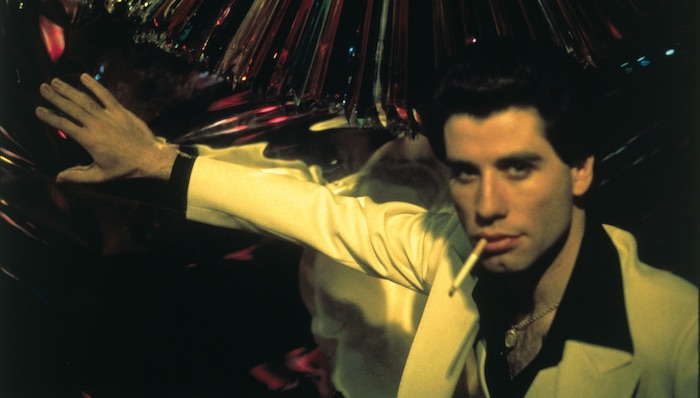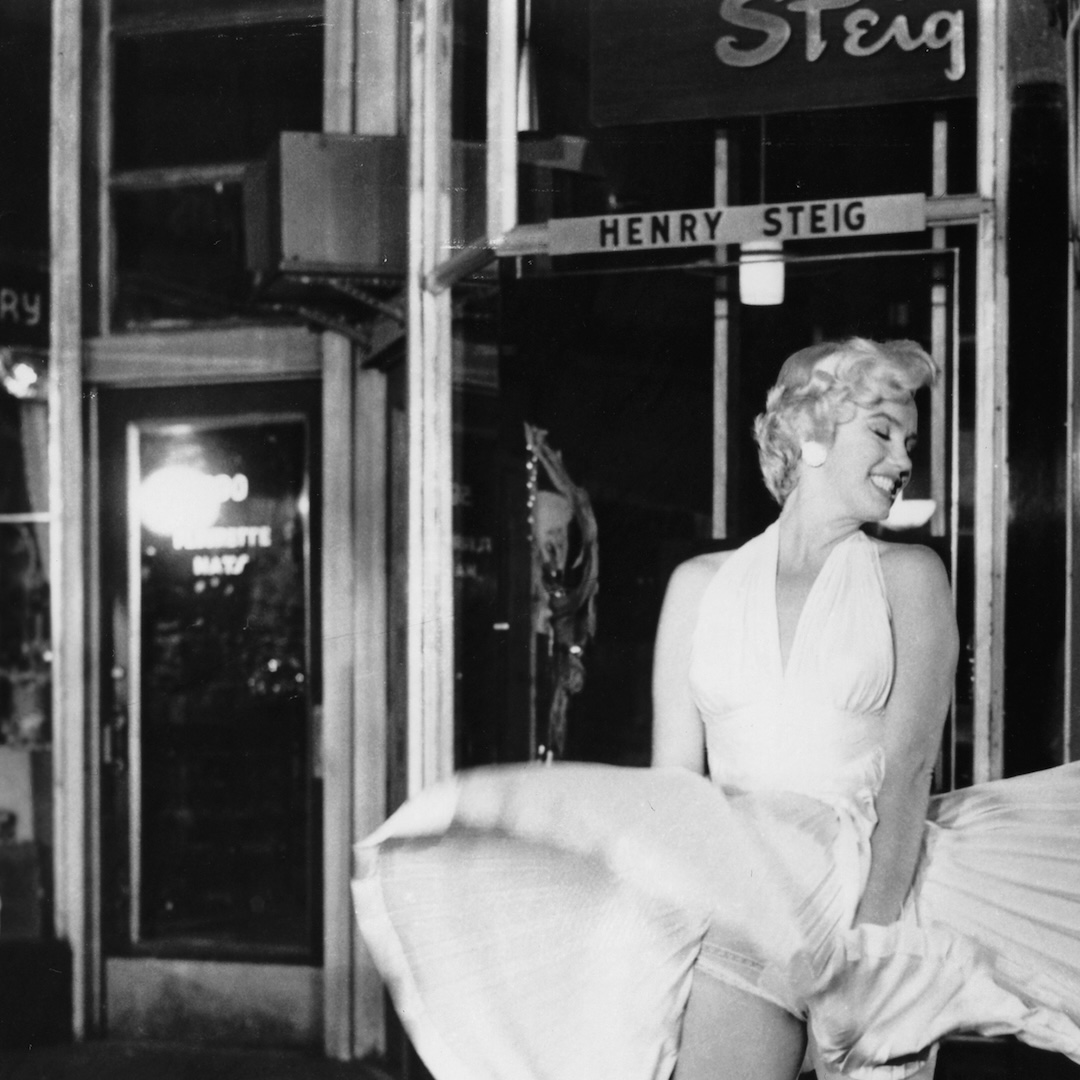Saturday Night Fever: An Unexpected Blockbuster
September 3, 2020 By Go BackThe late Gene Siskel’s favourite movie “of all time”, Saturday Night Fever took a lot of critics by surprise, and for a simple reason: nobody expected it would be as good as it was.
Siskel’s enormously influential TV co-host Roger Ebert wrote “Saturday Night Fever is an especially hard-edged case and a very good movie.” Even the most formidably powerful of 70s critics, The New Yorker’s Pauline Kael, found herself captivated by this tale of a frustrated Brooklyn teenager (Tony Manero, played with star-making assurance by John Travolta) who lives for Saturday nights at the 2001 Odyssey disco: “At its best,” she wrote, “Saturday Night Fever gets at something deeply romantic: the need to move, to dance and the need to be who you’d like to be. Nirvana is the dance; when the music stops, you return to being ordinary.”
I was dragged to it by a girlfriend, and my resistance was almost instantly compromised by that amazing but simple opening credit sequence: Travolta’s Tony walking down a busy Brooklyn street to the Bee Gees’ “Stayin’ Alive.” With virtually no dialogue, that sequence told us volumes about this kid: his clothes, his smile, the paint can in his hand, and maybe even his dreams. Was this the music he heard in his head? And, if so, how much of Tony’s fantasies were set to the tunes we were soon to see him dancing to?

My reluctance was due to an over-saturation of hype: the soundtrack was already a zillion seller before the movie opened, and the press around John Travolta (a former sitcom star and newly-minted teen idol) was ubiquitous and obnoxious. And really, how good could a movie about disco (already on the wane by the time the movie opened in late 77) possibly be?
But Kael and Ebert were absolutely right: the strength of Saturday Night Fever was the downlow grittiness with which it depicted desperation, frustration and dreams gone up in smoke. It had an underlying Martin Scorsese vibe in its portrayal of tribal male bonding, and its underlying message of dead-ended urban pop cultural fantasy hearkened back to an era of early 70s filmmaking that was already on the ropes by the time it opened.
Slapped with a Restricted rating on initial release – this movie has suicide, substance abuse, gang rape and a taboo-breaking reference to oral sex – the movie was later re-released in an extensively softened PG version. Which also tells you how surprised everyone involved was by the movie’s almost instant smash success. Not fully apprehending the extent of Travolta-mania, the film’s producers neglected to understand just how much business Saturday Night Fever stood to lose by locking out its most avid and largest audience: teenage girls.

The fact is, they weren’t making a movie for teenage girls and that may account for all that surprise among critics. This is a serious movie that talks about serious things (like working class despair) in a serious way. Apart from the dance sequences, there is little relief or future for Tony and his tribe, and the movie in fact has one of the most downbeat endings of any blockbuster.
Speaking of which, SNF also hearkens back to a time when blockbusters weren’t ‘made’, they ‘happened.’ A blockbuster today means anything that opens wide (which is the only opening Hollywood currently practices), whereas in its original usage it referred simply to a hugely successful movie. If anything, the movie qualifies as another kind of movie not referred to much anymore: a sleeper.
Find the next playtimes for Saturday Night Fever on Hollywood Suite.











 Follow us on Instagram
Follow us on Instagram